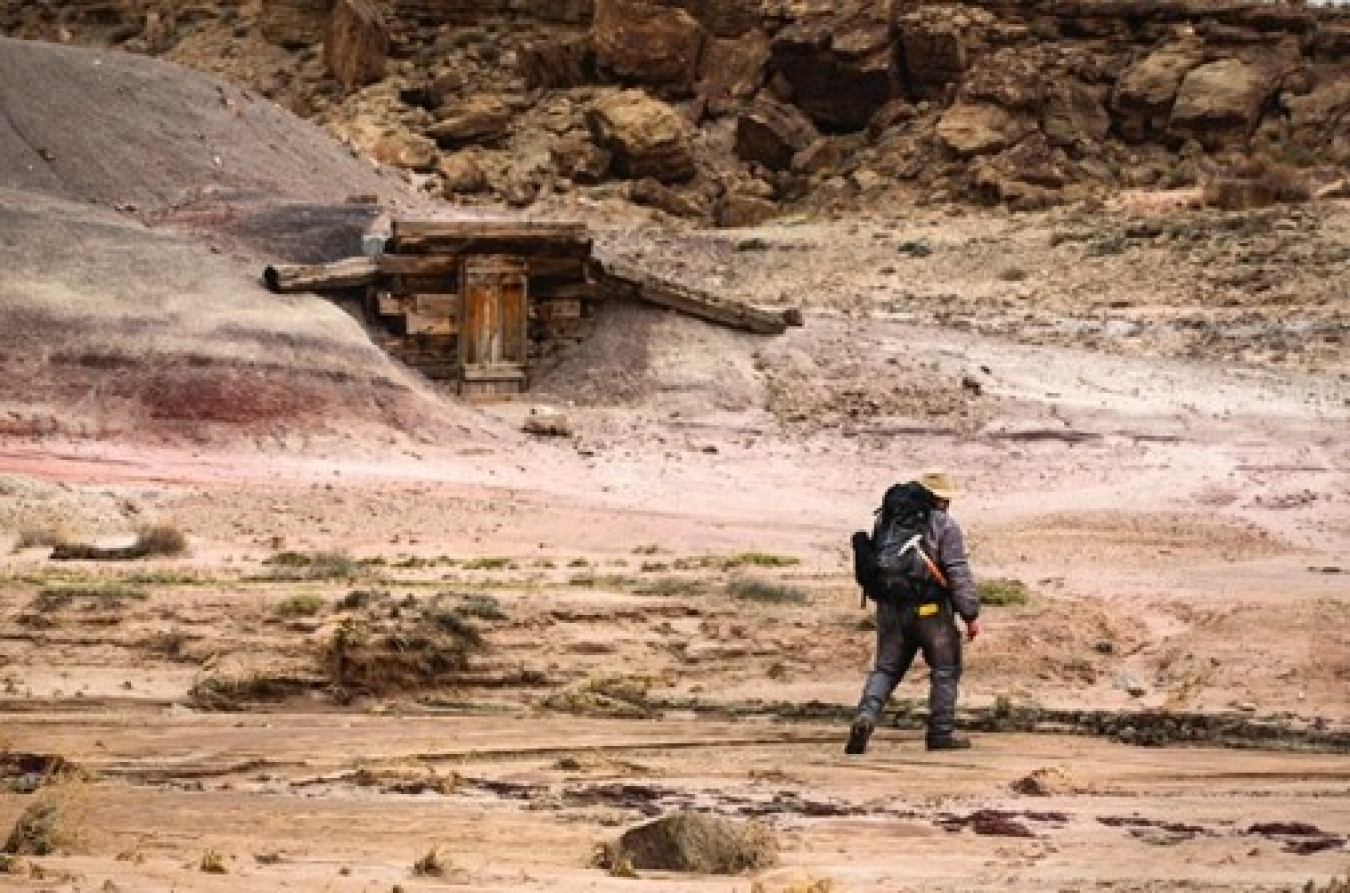The Office of Legacy Management (LM) Defense-Related Uranium Mine (DRUM) Program surpassed its goal of 500 verification and validation mine site visits by accomplishing 507 mine site visits between April 1, 2021, and March 31, 2022.
April 26, 2022The Defense-Related Uranium Mines (DRUM) team completed a major milestone March 28 by delivering 507 verification and validation (V&V) mine visits ahead of schedule.
V&V processes verify historic records and validate current mine site conditions. Collectively, V&V is the process of reconciling mine data, inventorying mine features, performing environmental sampling, and documenting results.
The U.S. Department of Energy (DOE) Office of Legacy Management (LM) DRUM program is a partnership between DOE, federal land management agencies, tribal governments, and state abandoned mine lands (AML) programs. LM’s V&V work was completed by its support contractor RSI EnTech, LLC.
DRUM V&V activities include exchanging information with other agencies such as the Bureau of Land Management (BLM), National Park Service (NPS), and U.S. Forest Service (USFS); performing field inventories to document current conditions; conducting soil and surface water sampling to evaluate hazards; conducting gamma surveys; and producing inventory and evaluations of physical, chemical, or radiological hazards, if present.

A DRUM team member approaching an abandoned uranium mine to survey its features.
The DRUM program comprises five teams, with four individuals per team to handle each of these tasks: a field team lead, a geologist, an ecologist, and a safety specialist/radiological control technician. These teams visit a variety of different mine sites across the country every year, using utility terrain vehicles (UTV) or hiking when the mines are difficult to reach, and trying to minimize their impact on resources, wildlife, and native flora.
“This goal was a crucial step in reaching the program’s milestone of completing approximately 2,500 mines on public land by September 30, 2023,” said LM’s DRUM Team Technical Lead William Burns. “Approximately 1,830 mines have been completed to date.”
Most of the 507 mines the DRUM teams visited are in Utah and Colorado. DRUM teams efficiently coordinated and planned efforts with multiple land management agencies to reach this important milestone, which started in April 2021 and was scheduled for completion by March 2022.
“Reaching this milestone while navigating harsh weather, personnel changes, and a global pandemic speaks volumes to the focus and dedication of the DRUM field teams,” Burns said.
DRUM is expected to continue additional field work on public lands and tribal lands in 2022. Currently DRUM project managers are in contact with tribal AML programs to develop cooperative agreements, establish risk screening scenarios, and conduct environmental reviews.
“Mines on private lands will be visited by DRUM field teams starting in 2024,” Burns said.
“These efforts come together into the DRUM safeguarding program where DRUM works with multiple stakeholders to continue to protect human health and the environment,” he said.

